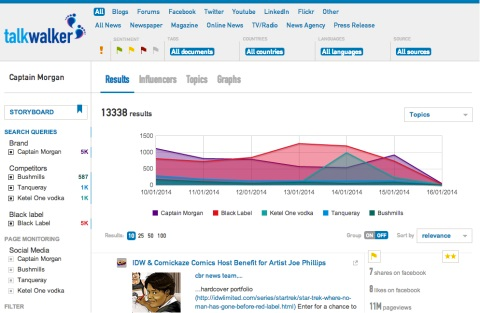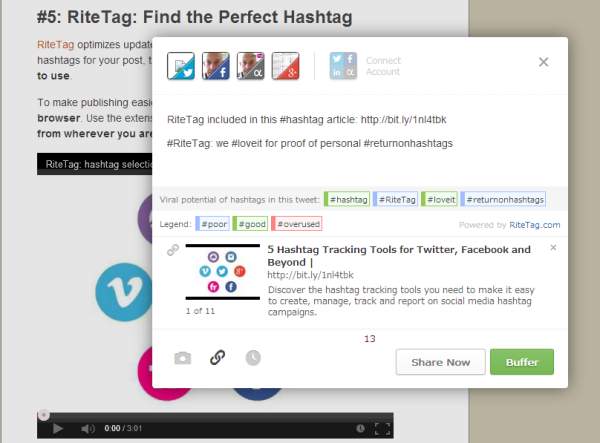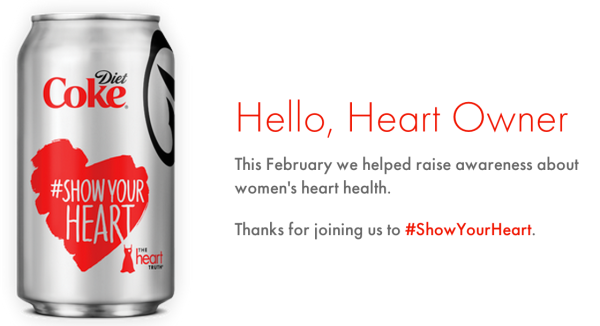Your Guide To All Things Hashtag Analytics & Optimization
Hashtags. You’ve heard people talk about them, you’ve seen them on Twitter, but have you added them to your marketing toolbox? If not, let me show you how you can use hashtags to turbocharge your marketing efforts. [youtube]https://www.youtube.com/watch?v=57dzaMaouXA[/youtube] #Origins The present use of hashtags dates back to 1988, when early internet users began including them […]
Hashtags. You’ve heard people talk about them, you’ve seen them on Twitter, but have you added them to your marketing toolbox? If not, let me show you how you can use hashtags to turbocharge your marketing efforts.
[youtube]https://www.youtube.com/watch?v=57dzaMaouXA[/youtube]
#Origins
The present use of hashtags dates back to 1988, when early internet users began including them in messages on the popular chat platform IRC. They were used to group messages, images and videos into categories.
Hashtags reappeared on Twitter in 2007 when Nate Ritter used the hashtag #sandiegofire at the end of all his tweets to inform people of the wild fires in his area of San Diego, California.
Since then, many popular social networks such as Facebook, Google+, Instagram and others have adapted hashtags as way to let users more easily communicate.
#Usage
Hashtags give marketers insight into various conversations going on within social networks. For example, #BostonMarathon was a popular hashtag recently, because people were tweeting pictures and commentary about the event.

On Twitter, if a certain hashtag is used frequently in a short span of time, it begins to trend. Trending hashtags are displayed to all members, increasing the likelihood that more people will see those messages.
As a marketer, your content has the opportunity to reach large, engaged audiences through these popular hashtags, as long as the content is relevant and the correct hashtag is used. This is well and good, but it begs the question, “how does one find the best hashtags to use?”
#Analytics
I’ve come across several tools that provide hashtag analytics and insight. Hashtracking and Talkwalker are two great tools for gathering hashtag data such as reach, demographics, gender distribution and sentiment analysis on various hashtags.
Monitoring tools like these comes in handy when researching hashtags to use for a campaign or analyzing results of a campaign that included hashtags.

There are also hashtag productivity tools such as RiteTag, which help optimize tweets and posts on the fly by analyzing the content you want to share, then suggesting the best hashtags to use.
One feature I really like about RiteTag is how you can create groups of hashtags that you use most often. The more you use hashtags from those groupings, the more data can be gathered regarding reach, click-through rate, retweet leaders, favorites, etc.
#Optimization
Hashtag popularity and usage changes over time. For example, pop culture topics fall in and out of trends very quickly, and award shows or sporting events are always time-sensitive; that means there is only a small window of time where your hashtag usage will be effective.
Hashtag monitoring can provide your social team with alerts that notify them of major changes to the hashtags they’re tracking. Using this knowledge, your social team can pinpoint the best time to share content, ensuring the most eyeballs will see it.
You can also link multiple social tools together to streamline activity. For example, you can optimize a tweet through RiteTag, then push it to Buffer or Hootsuite to automatically share the tweet later in the day.

If you’re technically inclined, you can tap into the RiteTag and Buffer APIs to integrate hashtag optimization into your own tools or app.
#Offline
In February, Diet Coke began printing #ShowYourHeart on their cans in a campaign designed to raise awareness about women’s heart health. They partnered with actress Minka Kelly and sent five fans to the Red Dress Collection℠ Fashion Show in New York City during Fashion Week, where they met Minka.

The campaign included a contest for users to submit photos with the #ShowYourHeart tag so that Diet Coke could identify entries into the contest.
What’s interesting is that Diet Coke chose to use a hashtag instead of a QR code. Their social media team knew that hashtags are easier to understand and use than QR codes are.
Expect to see more marketers use hashtags to bridge the online and offline worlds.
#GetStarted
With these basic tools and tips, you should be well on your way to incorporating hashtags into your next marketing campaign.
After some practice, you’ll be ready to tackle tweet chats, hashtag hijacking, hashtaging commercials, and other advanced tactics that marketers are experimenting with. For now, just focus on the basics, and have some #fun #somenights #knightrider #hasselhoff #baywatch #smartwatch #pebble, etc.
Contributing authors are invited to create content for MarTech and are chosen for their expertise and contribution to the martech community. Our contributors work under the oversight of the editorial staff and contributions are checked for quality and relevance to our readers. MarTech is owned by Semrush. Contributor was not asked to make any direct or indirect mentions of Semrush. The opinions they express are their own.
Related stories
